> My First Day In Singapore : Gardens By The Bay
I visited the Singapore Zoo once back in December 2004. So long ago! I remember that year because it was two days before the shocking 2004 tsunami on Boxing Day. Really glad that I was in Singapore instead of holidaying by some beach resort in Sri Lanka or Maldives!
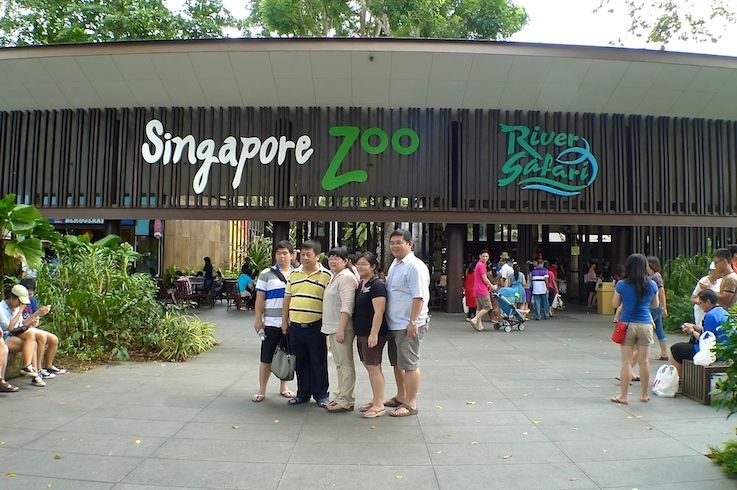
This would be my second time visiting the Singapore Zoo. OK, the above picture is not a shot of me and my family or friends. I just had to take a picture of the main entrance to the Singapore Zoo whether they are in it or not! There will always be people posing in front of this signboard so if I were to wait, I would have to wait till the sun comes down. LOL.
There are actually 4 parks or zoos operated by Wildlife Reserves Singapore. They are Singapore Zoo, River Safari, Jurong Bird Park and Night Safari. I have been to all of them back in 2004 with the exception of River Safari which was a fairly new addition and did not exist back then.
This time, my friend and I decided to visit the Singapore Zoo and River Safari only. I must confess however that the main reason I visited River Safari was because I wanted to see the giant pandas! Although I have seen the Giant Pandas at Ocean Park in Hong Kong before, I still wanted to visit these pandas in Singapore!
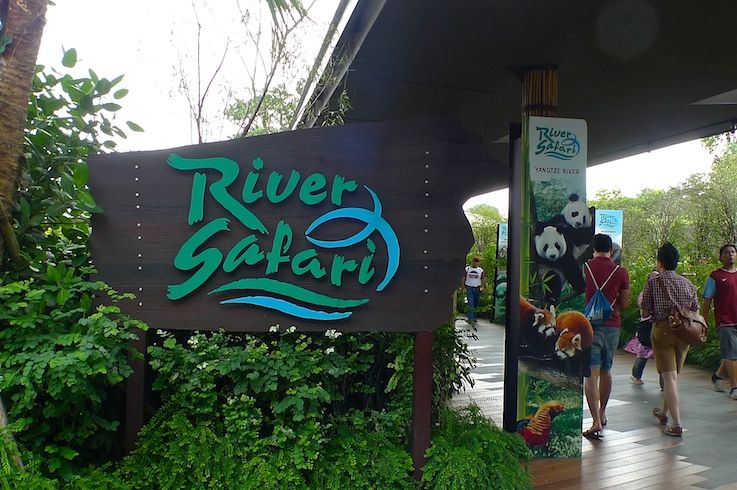
We had bought the tickets to the Singapore Zoo and River Safari a few months earlier via the Singapore Zoo website. We went for the 2-in-1 Park Hopper as it was cheaper compared to buying the tickets to the two parks separately.
If you want to visit all the 4 attractions, you can opt for the 4-in-1 Park Hopper which can save you quite a lot! Park Hopper entitles you to one visit per park within 7 days from the date of your first visit so that you can visit each park on a different day.
We arrived by bus in the morning and decided to visit River Safari first.
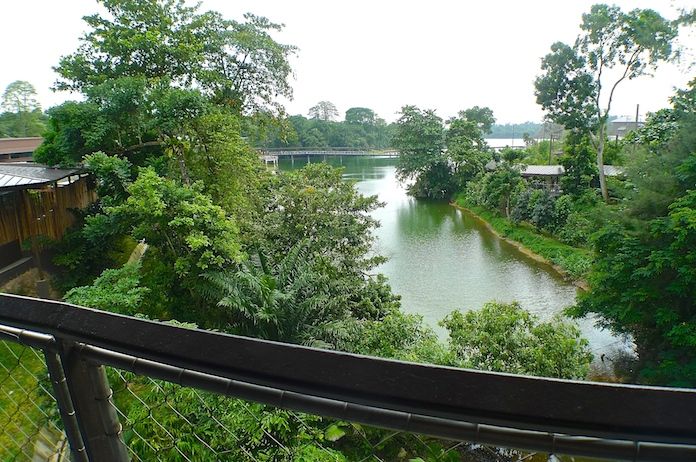
The Singapore River Safari - Asia's first and only river-themed wildlife park - is located between Singapore Zoo and Night Safari. All three parks are within walking distance from each other.
From the Entrance Plaza, we could see a river which is actually part of the Upper Seletar Resevoir.
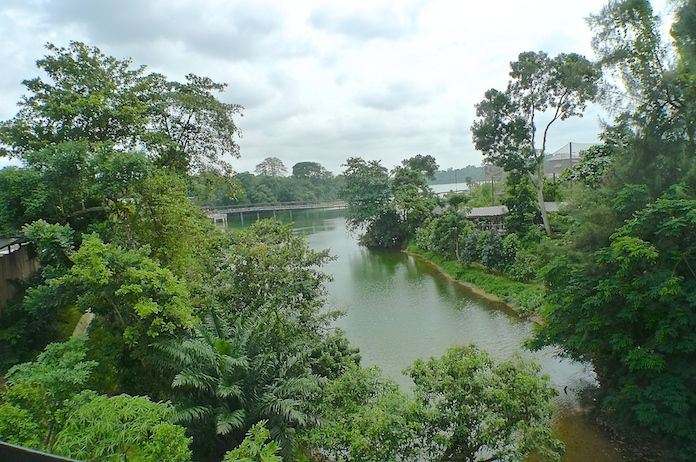
The park features many different ecosystems of the world. It is divided into two zones - the Rivers Of The World and the Wild Amazonia.
We entered the Rivers Of The World zone first. The River is calling ....

First, we passed through the Mississippi River where American beavers live. Unfortunately I did take any photos of the beavers.
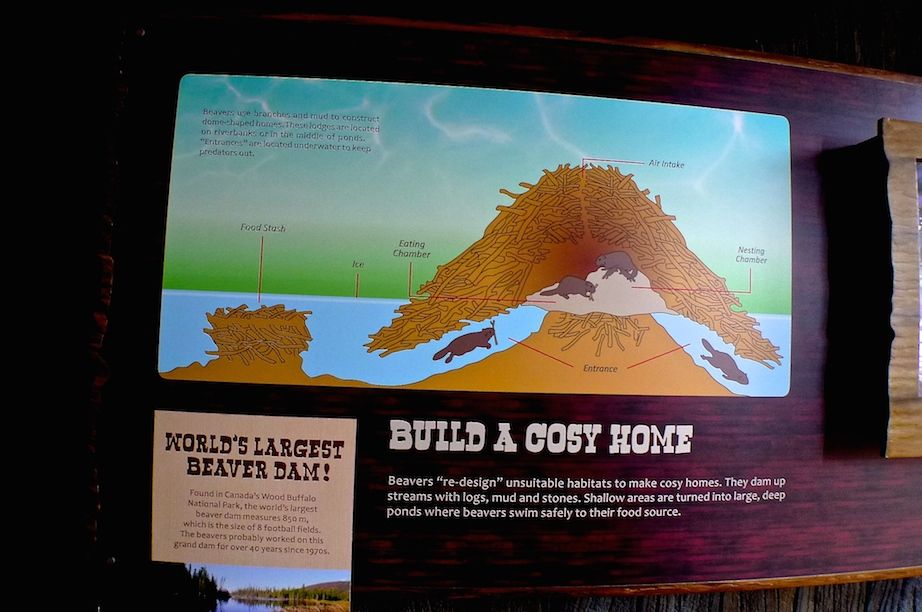
The signboard above explains about how the beavers build their homes known as Beaver Dams.
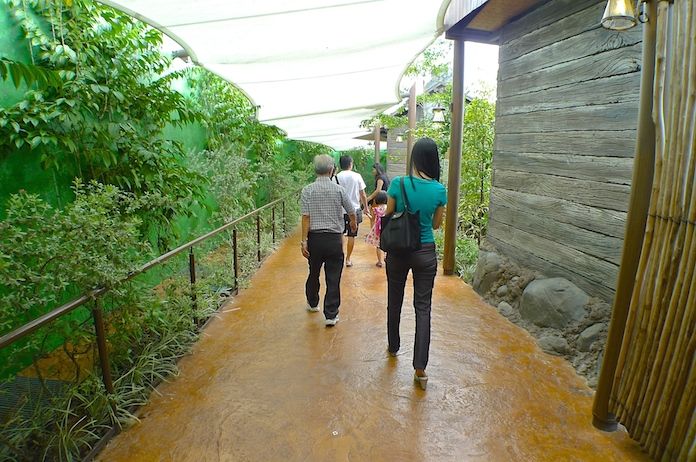
Beavers were once slaughtered for hats!
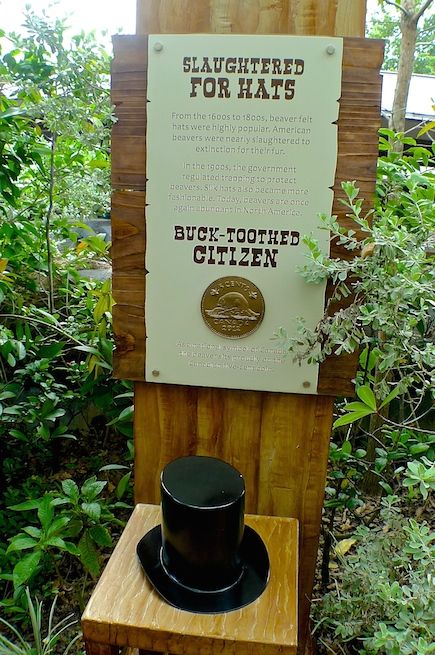
The information below explains that beaver dams are good for the environment as they create wetlands that support wildlife. Wetlands 'sponge up' excess rainwater and are Nature's best defence against floods.
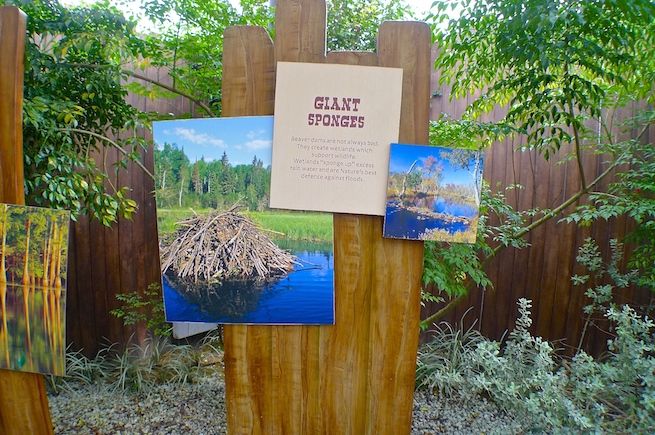
See this fish with crocodile-like snout? This is known as the Alligator Gar, the largest of all gars. It can grow up to 3 metres long and weigh over 100 kg! And its snout is lined with razor sharp teeth just like a crocodile! Its flesh is edible but the eggs are toxic to humans.
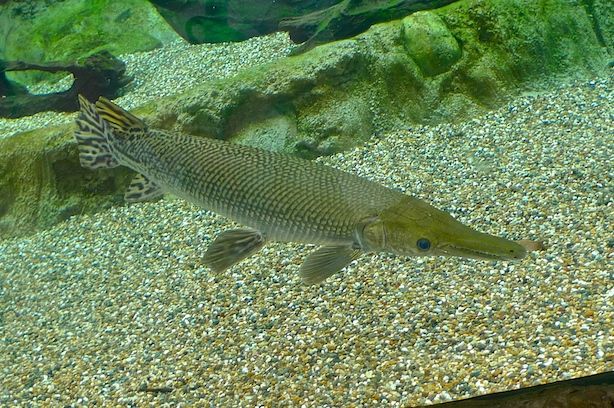
Can you see a turtle in the photo below? It's the Alligator Snapping Turtle - one of the largest freshwater turtles in the world. Their jaws are so powerful they can easily snap off one's finger!
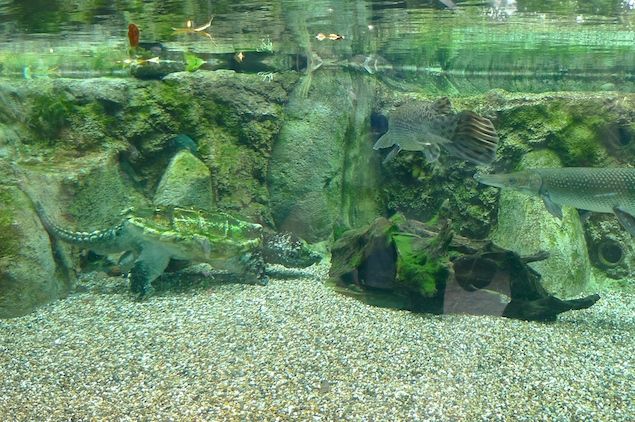
This looks like a shark but it's not - it's the Mississippi Paddlefish. The long flat snout detects electrical impulse to navigate and locate food. Its eggs are mostly sold as caviar.
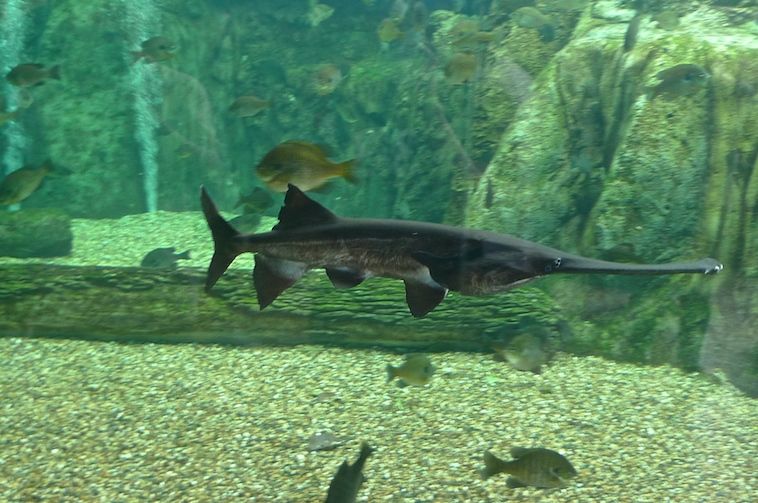
The second ecosystem featured in River Safari is the Congo River. This is the world's deepest river, and it is the second longest river in Africa.
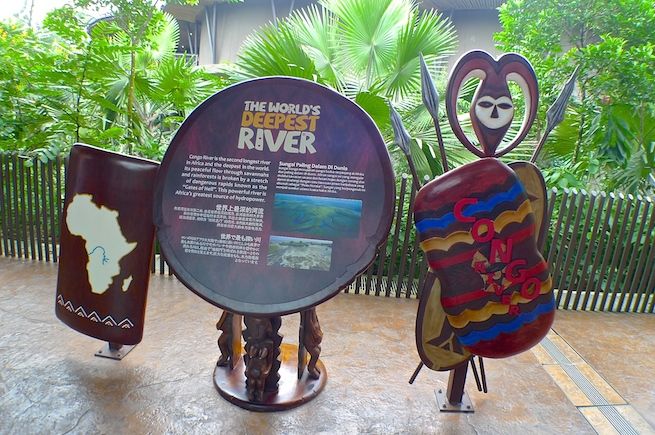
My photo of the African Dwarf Crocodile did not turn out well so I shall leave you with this informative signboard instead. This crocodile is really quite small!
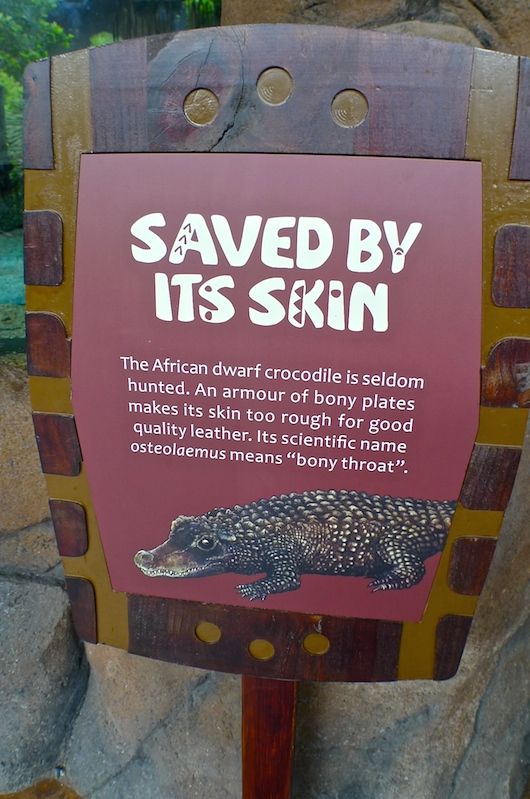
Next is the Nile River - the longest river in the world. In this river you can find these two fishes - the Tigerfish (top) and Giraffe Catfish (bottom).
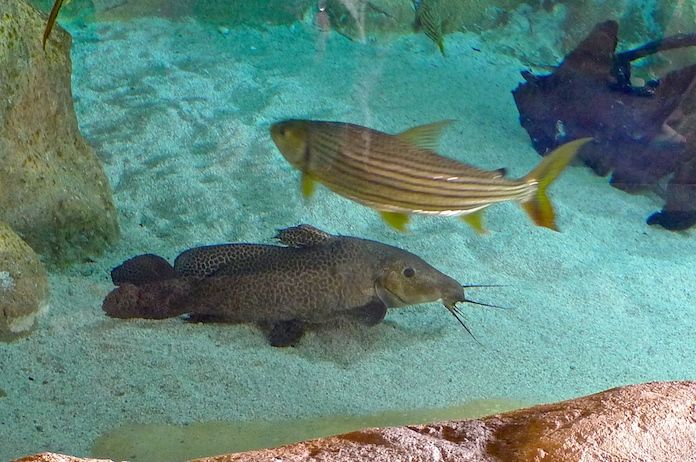
I did not get to capture the razor sharp teeth of the Tigerfish but the name of this fish sound quite vicious, right? As for the Giraffe Catfish, it's so called because of the giraffe-like spots on its body supposedly to provide some kind of camouflage. Did you also notice the pointed snout? They are meant to help the catfish suck food from the river floor.
Moving on to Ganges River, India's holiest river. Hindus worship this river, which supports half a billion people in India.
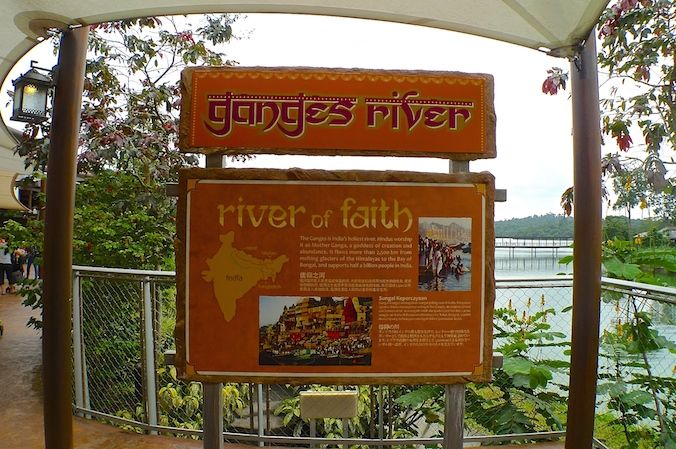
The most sacred place to be cremated for the Hindus in India is on the banks of the Ganges River.
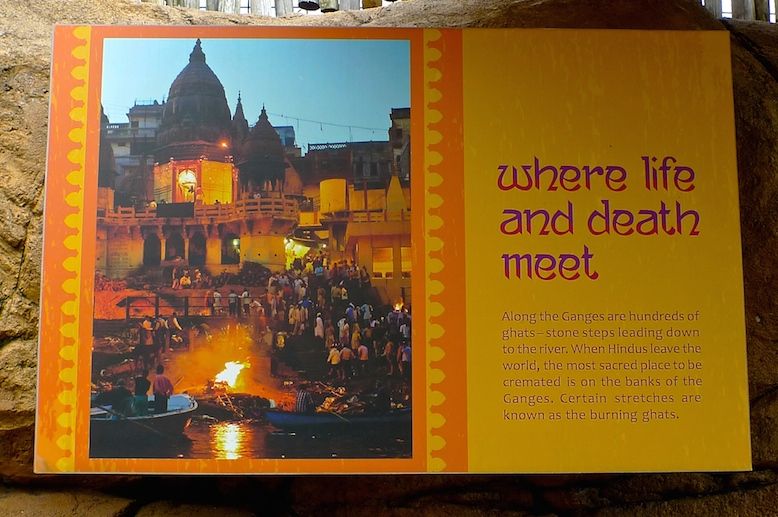
Careless dumping had turned The Ganges into a very polluted river and an environmental disaster.
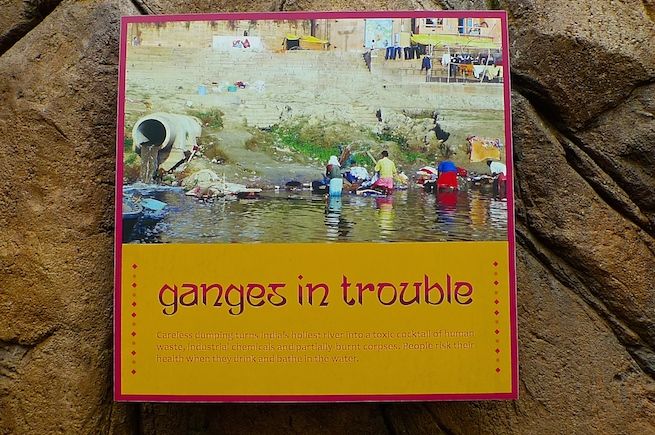
Fortunately, India had signed an agreement with the World Bank for a US$1 billion loan to clean up the river and stop the flow of untreated waste into the river.
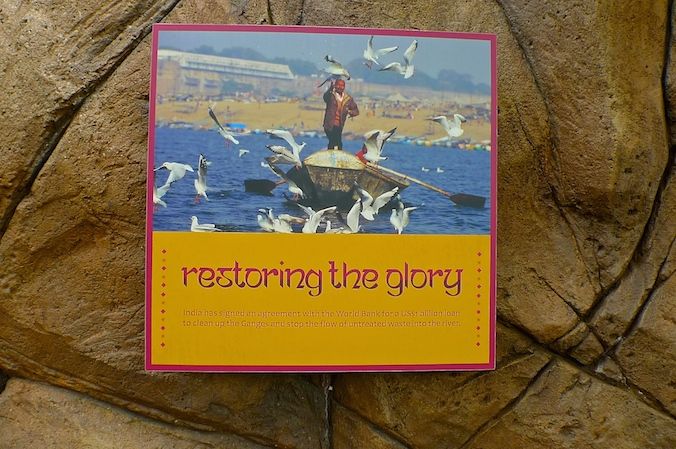
I saw the Indian Gharial but sorry, no pictures. Too many people tried to take photos of it and I did not want to compete with them!

Murray Cod - Australia's largest and most iconic freshwater fish. Not sure why this fish was featured as I thought we were still in the Ganges River section. Perhaps I missed something somewhere?
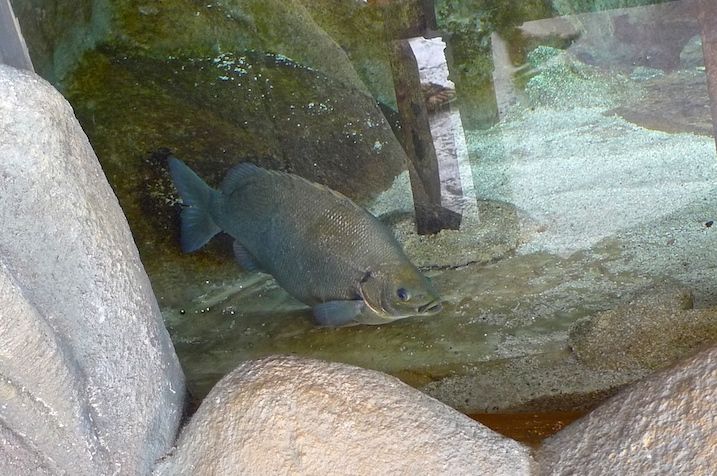
We reached the Mekong River - the seventh longest river in Asia. At the delta in South Vietnam, the Mekong branches into many channels. Locals called it Cuu Long or Nine Dragons. The fertile delta makes Vietnam one of the world's leading exporters of rice.
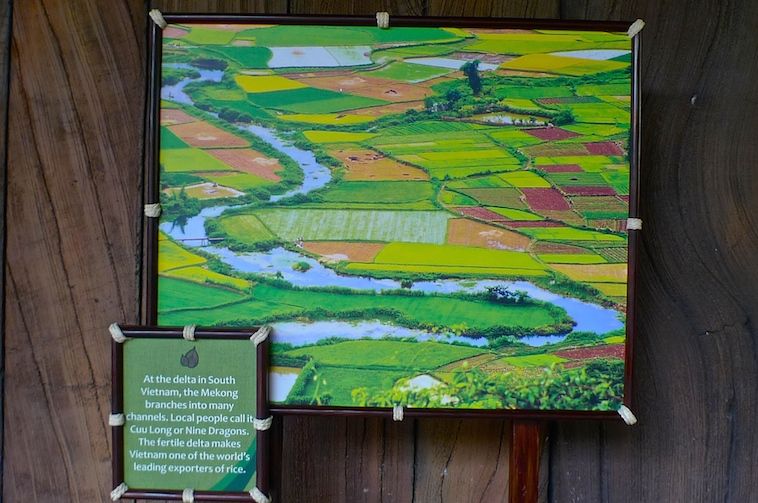
There was a huge fish hanging above our heads here!

Lots of people snapping photos of the Mekong Giant Catfish.
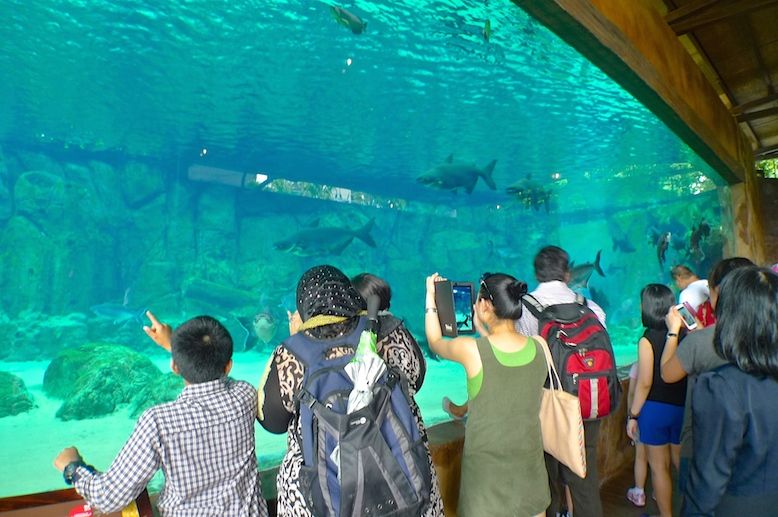
Unlike other catfish, the Mekong Giant Catfish are toothless and are actually vegetarians, feeding mainly on plants and algae.
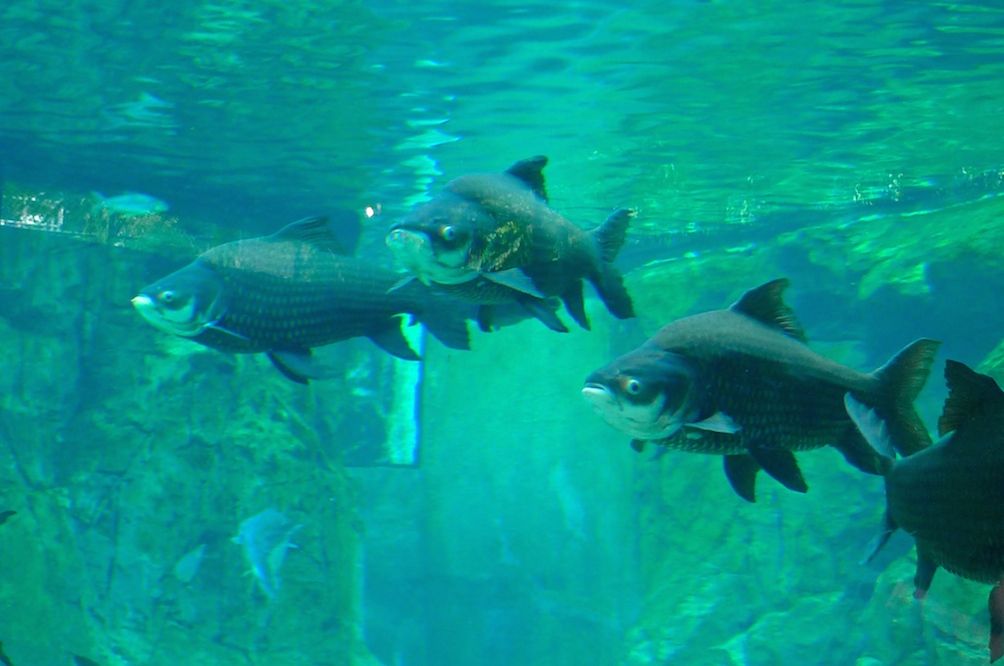
I also managed to snap a picture of this Giant Freshwater Stingray. It's really huge! You can probably sit on top of it. Haha!
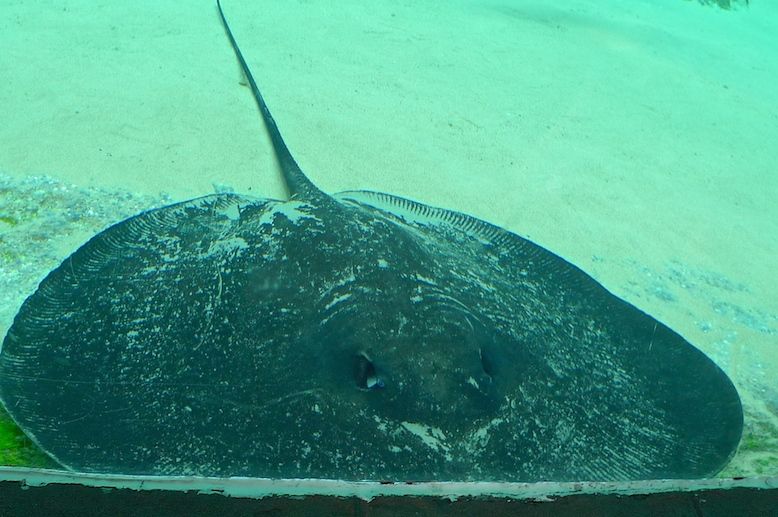
The shallow waters of rice fields are homes to a variety of wildlife, like this stork.
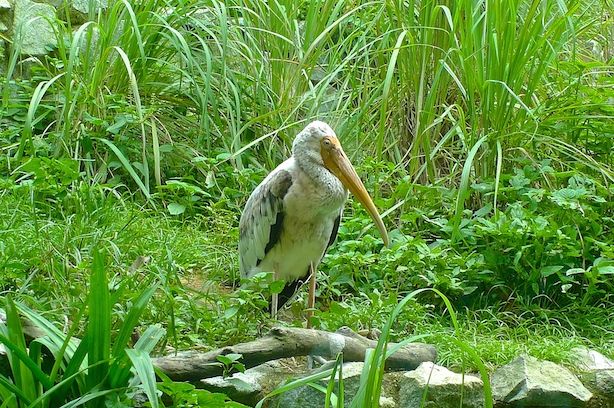
Some images displayed about rice and its uses in different parts of the world.
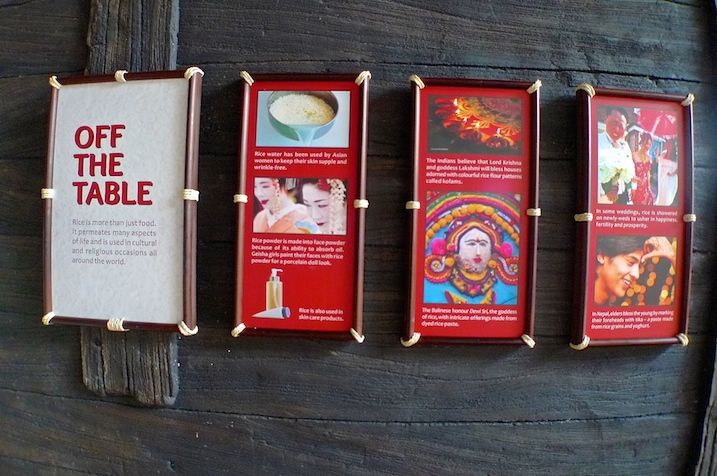
Next, we reached the Yangtze River of China.

This is the Yangtze Alligator, also known as the Chinese Alligator. It is a very secretive animal as it likes to dig a burrow and hibernates in winter up to 7 months.
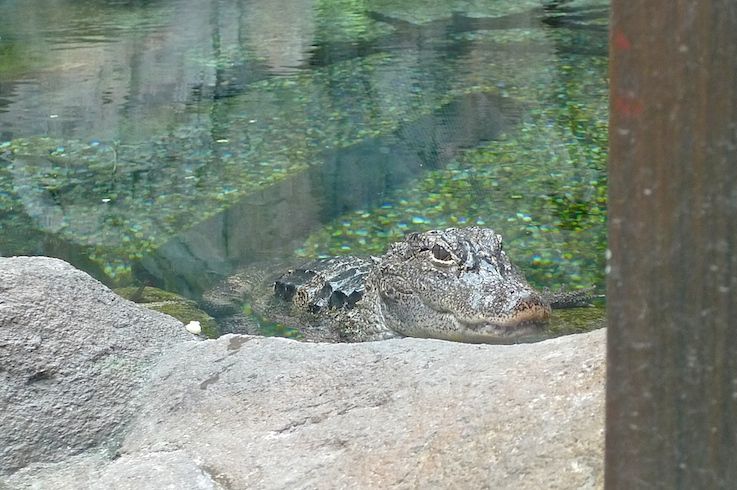
Another shot of the Yangtze Alligator.
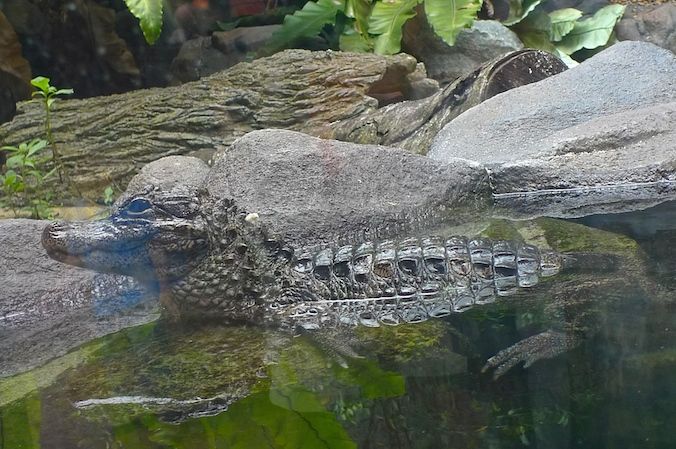
Finally, we reached what I had came all the way for - the Giant Panda Forest!
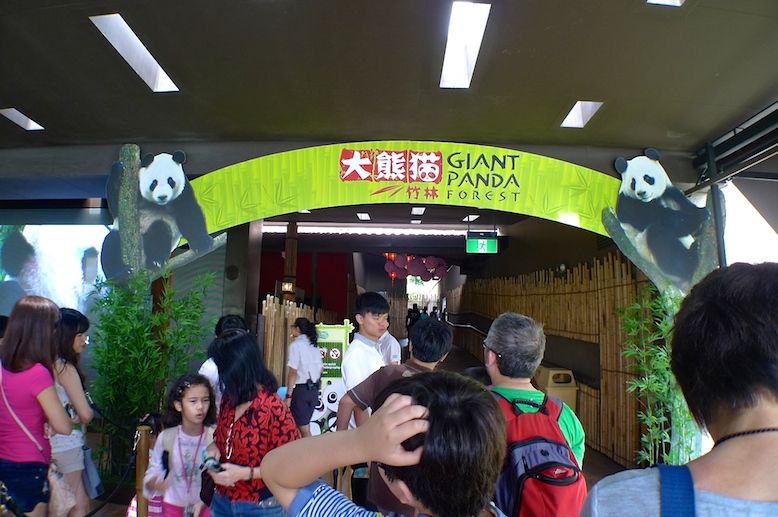
But before we get to see the two Giant Pandas famously known as Kai Kai and Jia Jia, we were entertained by a few playful red pandas.
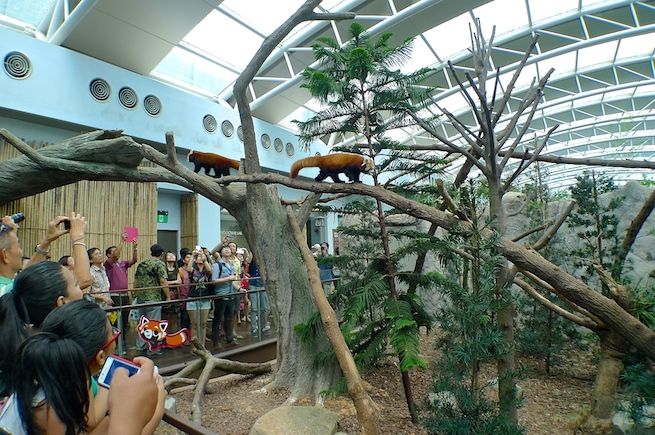
These red pandas looked more like raccoons that pandas. Why are they even called red pandas?
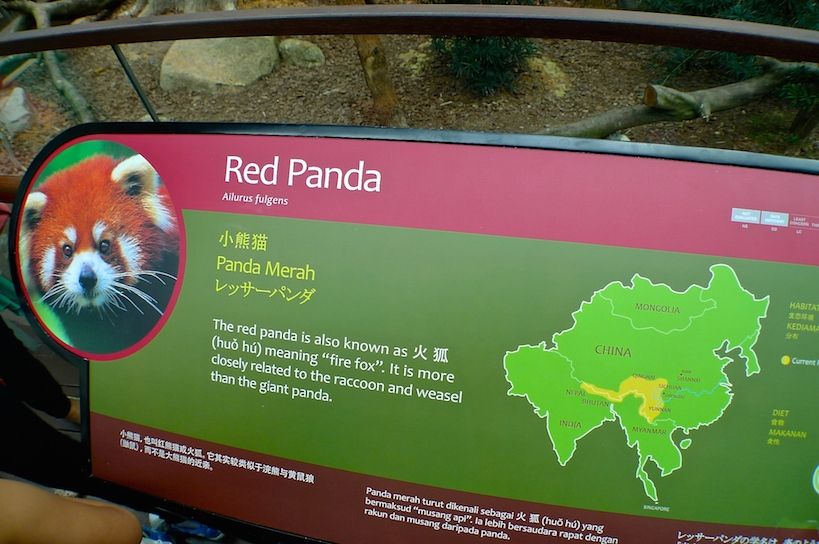
Some shots of the playful red pandas...
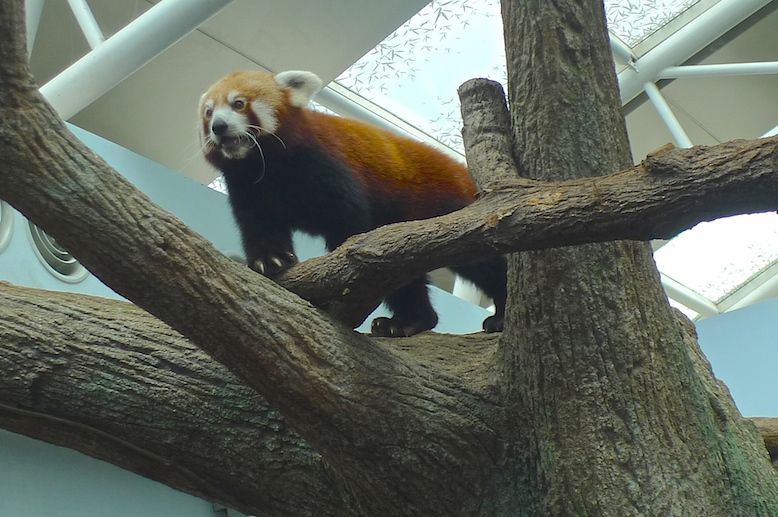
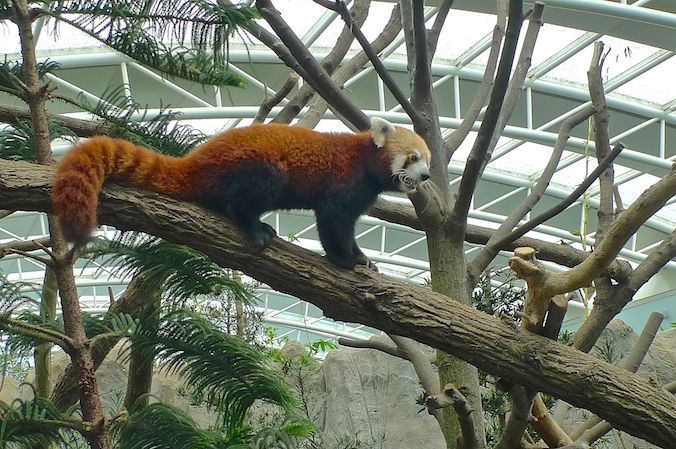
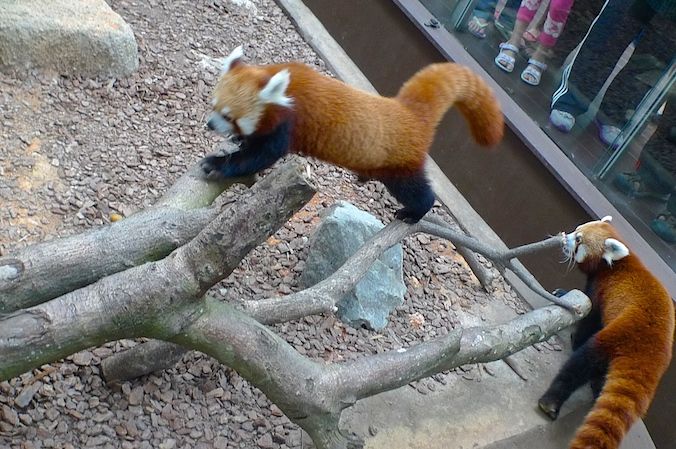

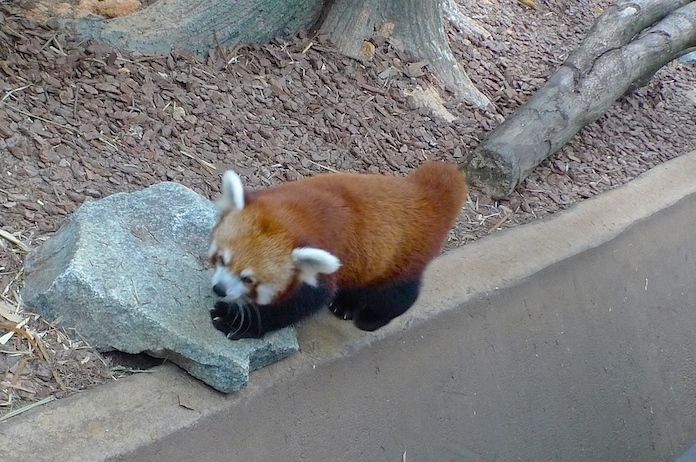
There was a huge crowd visiting the Giant Pandas enclosure. These two Giant Pandas which arrived in Singapore in September 2012, were on a ten-year loan from China as a sign of friendly China-Singapore relations.
I checked out the Giant Pandas' meal. This one teaches you how to make panda cake which are yummy snacks for the pandas.
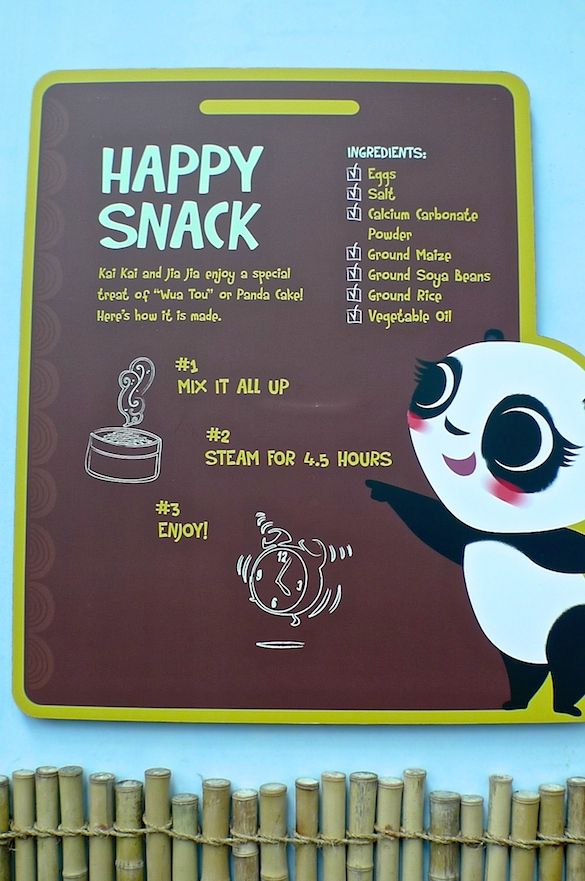
Menu of the day for the Kai Kai, the male panda. It consists of bamboo, high fibre biscuits, carrots and apples.
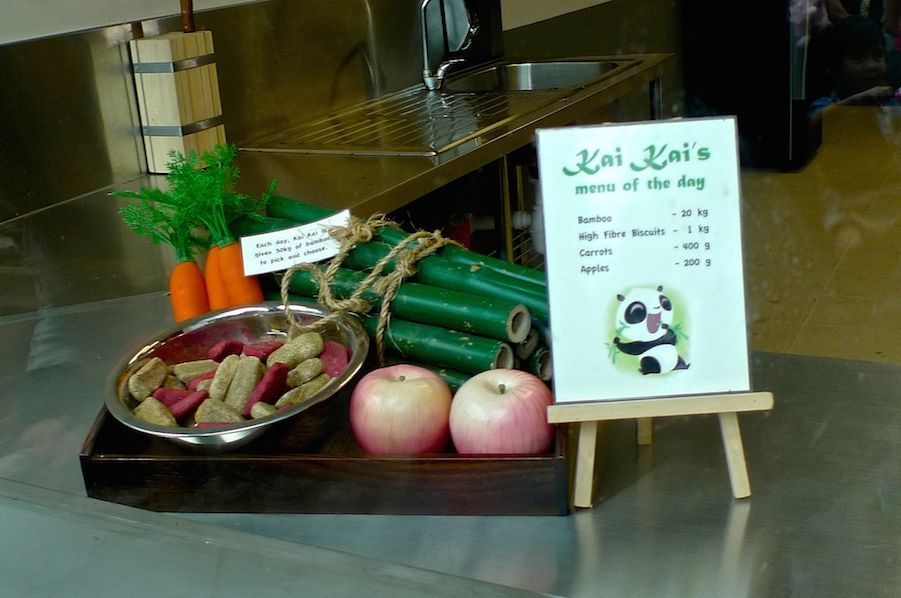
Menu of the day for Jia Jia, the female panda. Well, basically she's eating exactly the same thing as her partner. LOL.
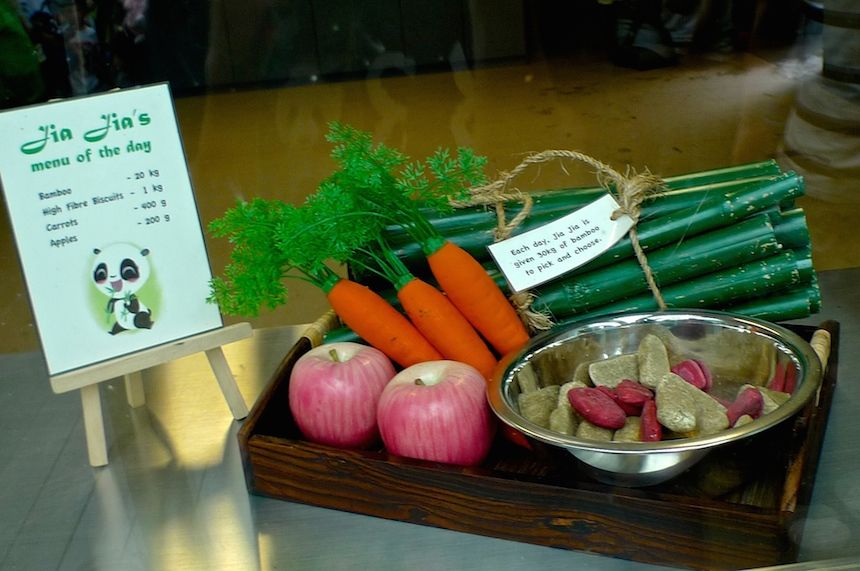
It was difficult to take pictures of the two giant pandas due to the crowd. From this angle, I could see Kai Kai eating bamboo. I got to move over to a better position to snap pictures!
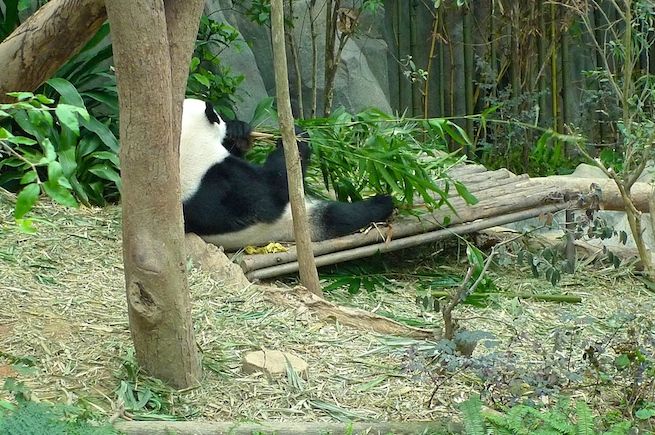
The two pandas lived in a specially constructed climate-controlled enclosure, which changes according to the four seasons emulating their original environment. Took a shot of the double pane glass ceiling which allows sunlight into the exhibit.
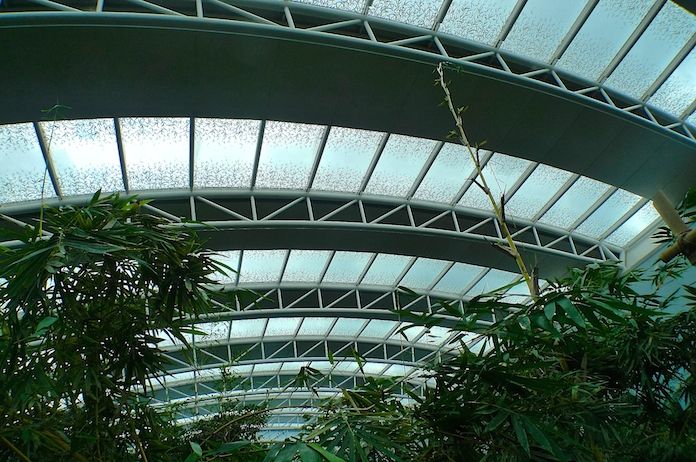
Finally, after much difficulty, I managed to secure a place to take better shots of Kai Kai.
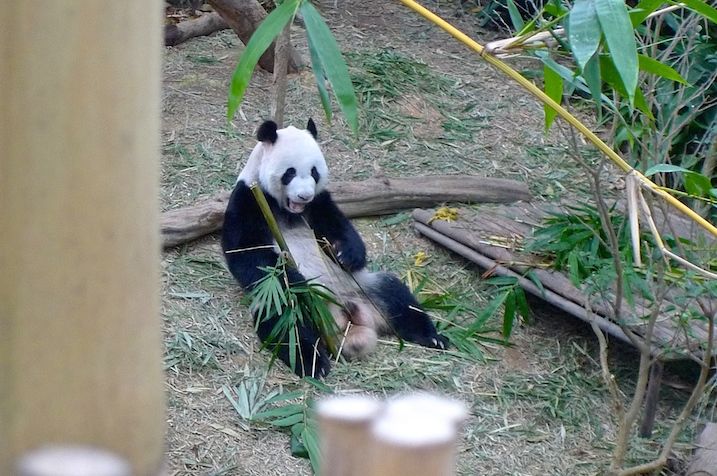
But all he did was eat, eat and eat! I wanted to see him climb trees and hanging from the branch like what I saw in some videos. LOL!

Well, what else does a panda do? It's just eat, sleep and play all day long! No stress and no worries. Aren't their lives better than humans? Haha!
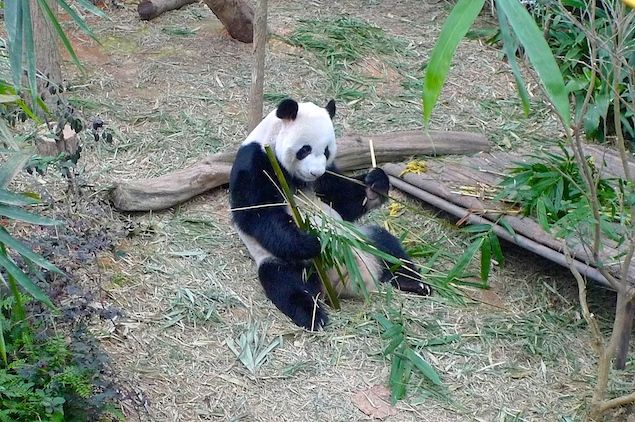
Unfortunately for us, we did not get to see Jia Jia as she was hiding in her den. Maybe she was not used to all the attention haha! According to the information board, Jia Jia is actually quite shy.
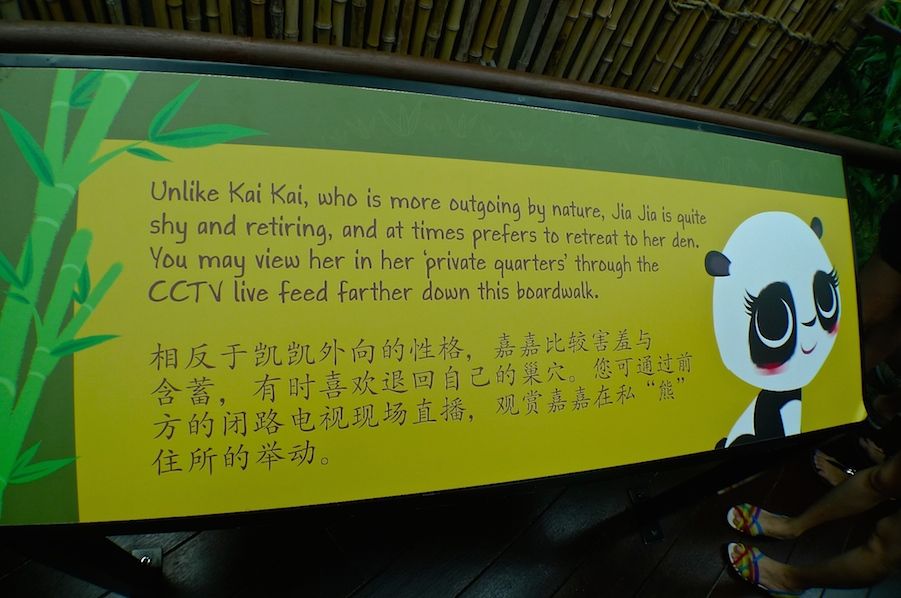
Oh, and here's a little Tibetan folklore on how the pandas ended up being black and white.
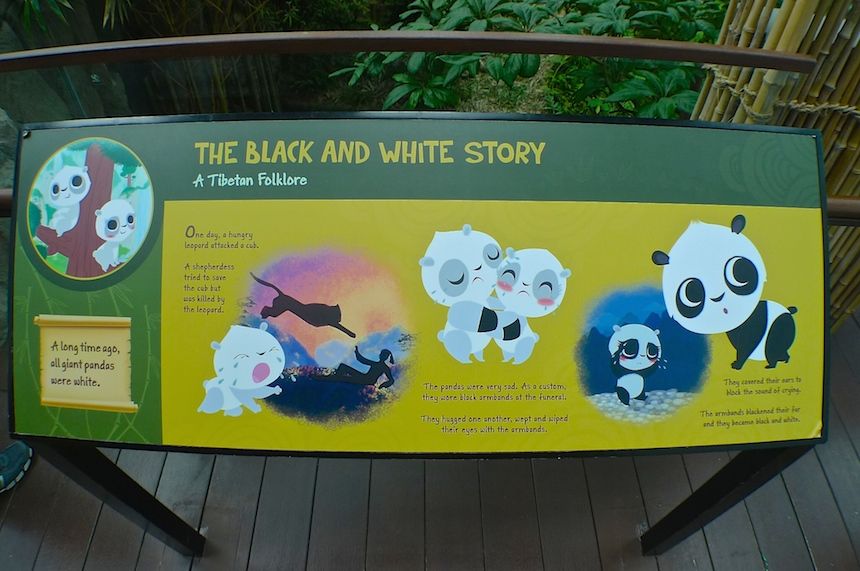
The story goes like this ...
"A long time ago, all giant pandas were white. One day, a hungry leopard attacked a cub. A shepherdess tried to save the cub but was killed by the leopard. The pandas were very sad. As a custom, they wore black armbands at the funeral. They hugged one another, wept and wiped their eyes with their armbands. They covered their ears to block the sound of crying. The armbands blackened their fur and they became black and white."
Is that funny or what? Haha!
We wanted to go and eat at the Mama Panda Kitchen but it was way too crowded so we decided to skip it. What a pity, as I was so eager to try their panda buns and snap a picture of them! Maybe next time, then.
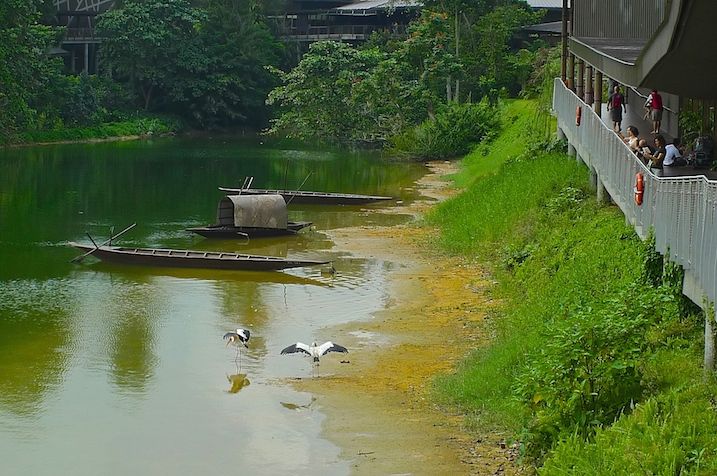
The Giant Panda Forest is the last attractions of the Rivers Of The World zone. Before we crossed over to the Wild Amazonia zone, I took some random pictures.
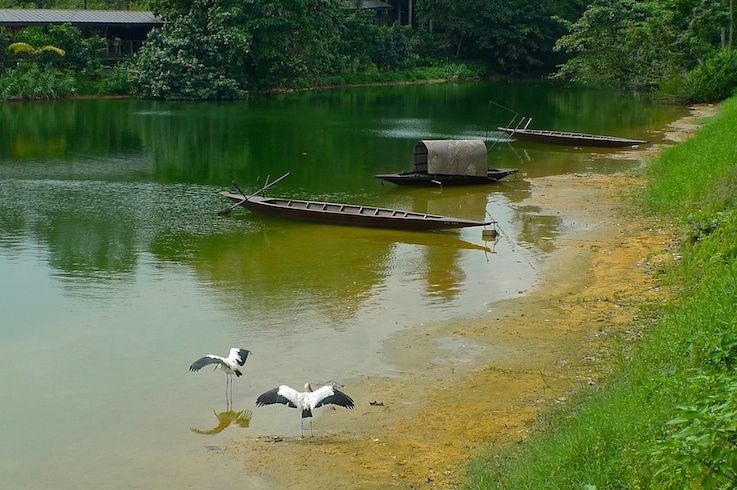
This is the bridge that we had to walk across to the Wild Amazonia zone.
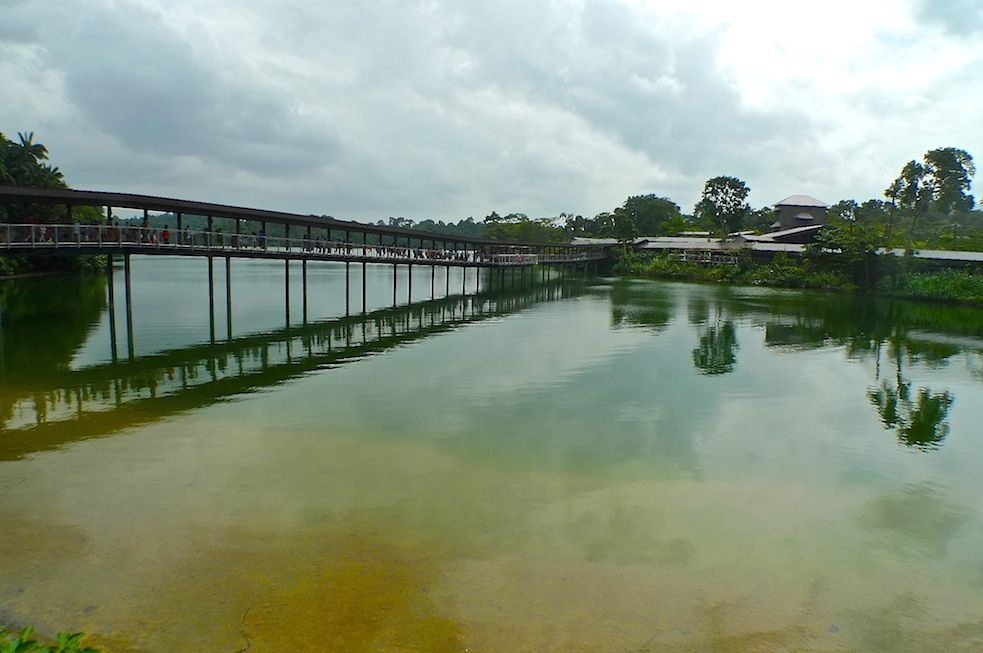
Walking along the rather scenic bridge...
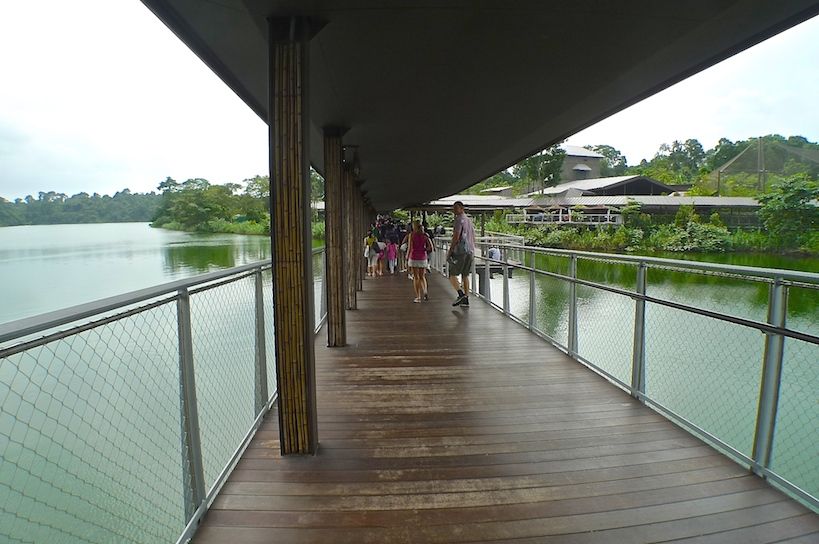
We were supposed to get a complimentary Amazon River Quest Boat Ride but unfortunately, we were told that the boat ride was cancelled for the day. What a letdown! Oh well, I will return for the boat ride next time, although it's no longer complimentary now.
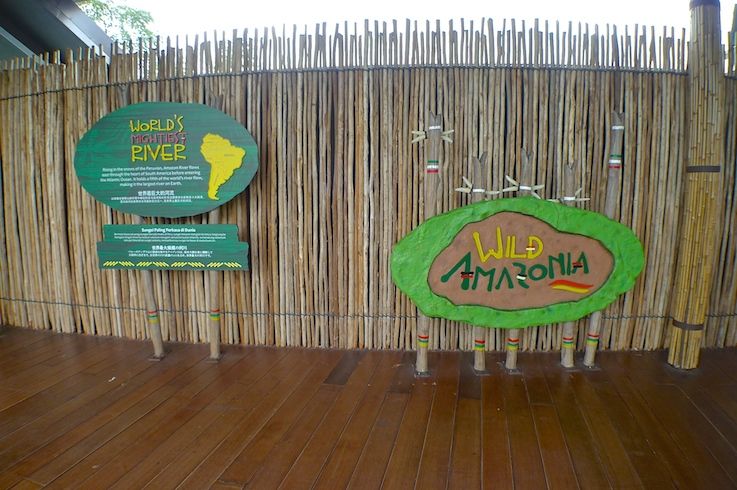
We soon reached the Squirrel Monkey Forest.
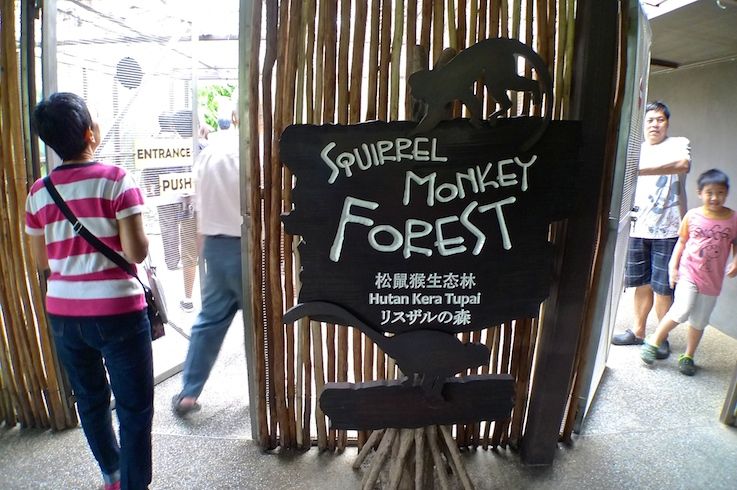
Some of the rules.
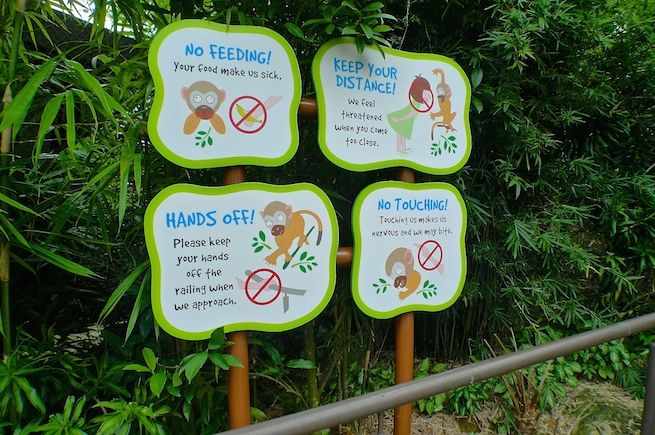
Had some close encounter with the monkeys.
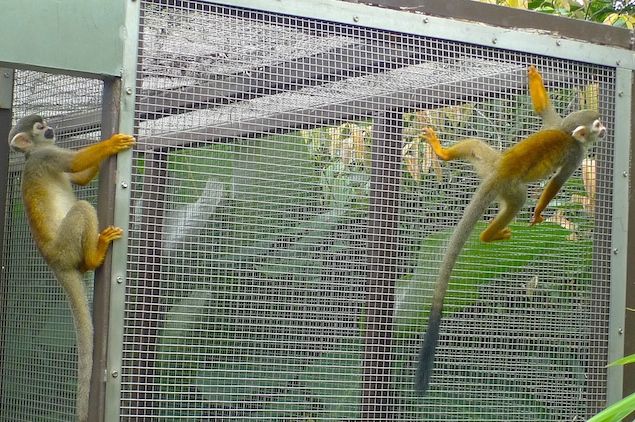
They were so active, jumping from one part of the fence to the other effortlessly!

Walking along, we reached the Green Anaconda section.
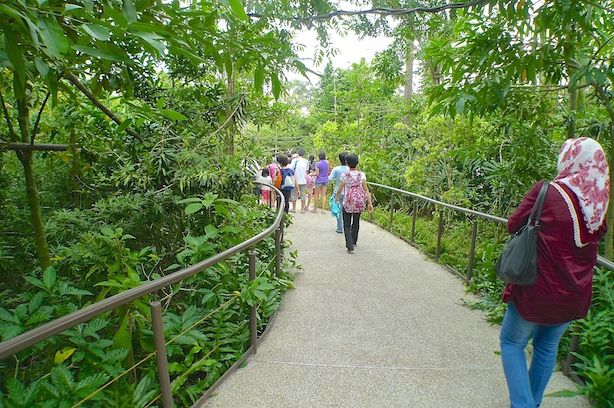
Also known as water boas, the Green Anacondas wait in shallow waters for prey, which they kill by drowning or constriction.

Next, we arrived at the Amazon Flooded Forest. Did you know that for six months every year, the Amazon forest is flooded with rain? During these months, the Amazon rainforest is filled with aquatic animals in its submerged underwater ecosystem.

I saw some piranha and arapaima fishes in the large water-filled exhibit but did not take any pictures. A giant otter swam above us.
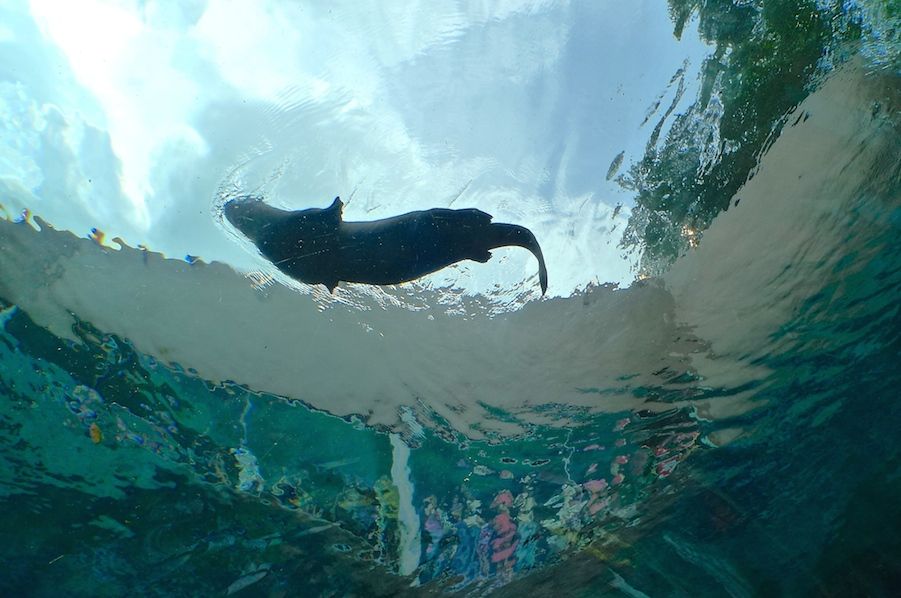
We reached an area where there we could see the underwater creatures behind the glass tank.
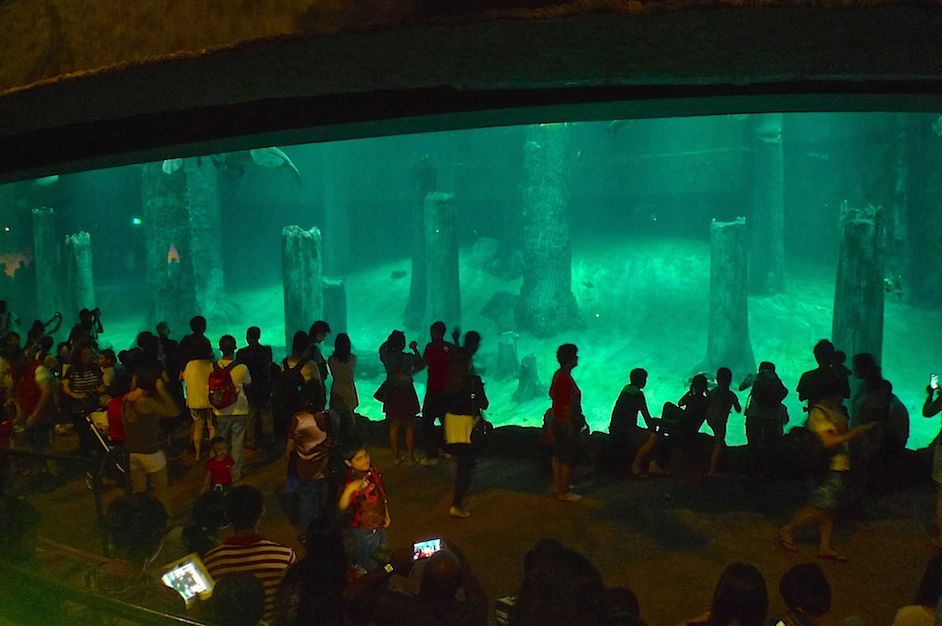
I was taken in by this Manatee. It was such a delight to watch as it responded to our hand gestures.
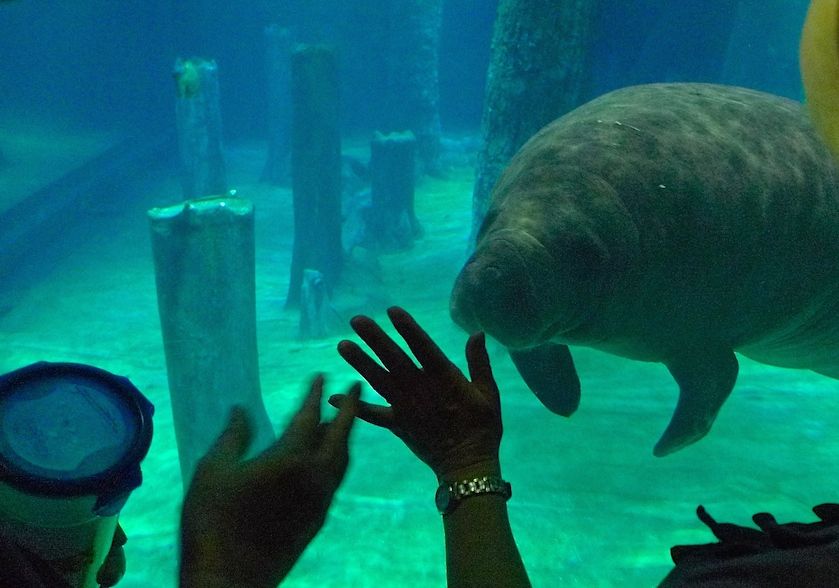
The Freshwater Stingrays section.

Look at the stingrays!
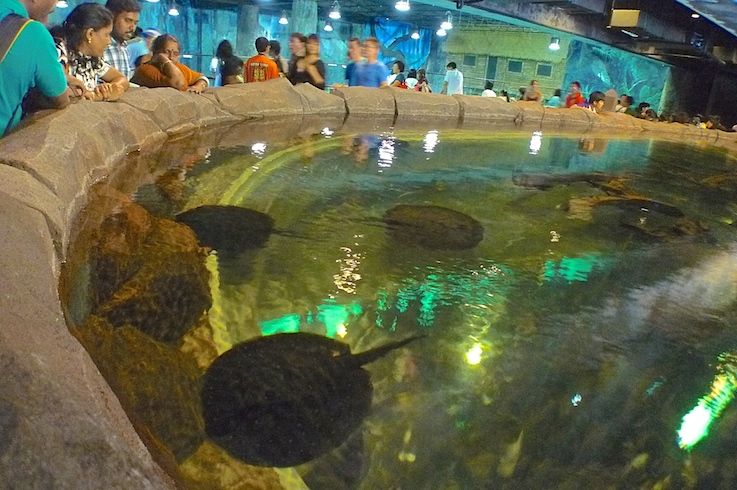
One last photo of the Otters before we exited the River Safari.

Overall, I enjoyed my visit to the River Safari. It took us around 3 hours to complete the whole park.
Next, we visited the Singapore Zoo next door, but that will be in Part 2, so stay tuned :)

















































